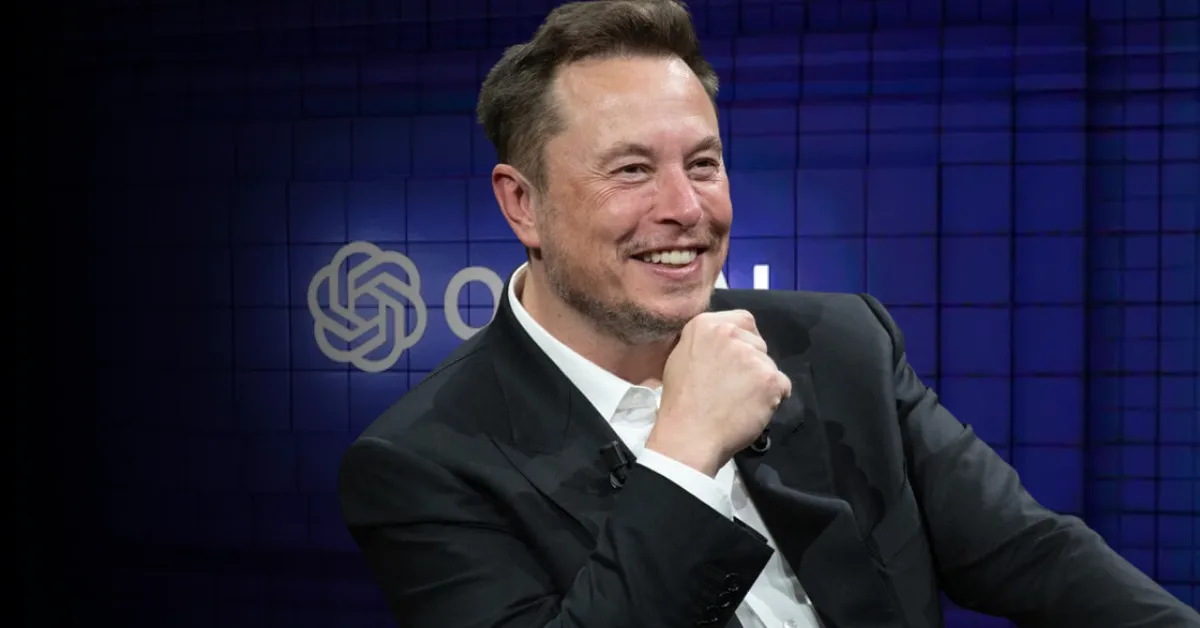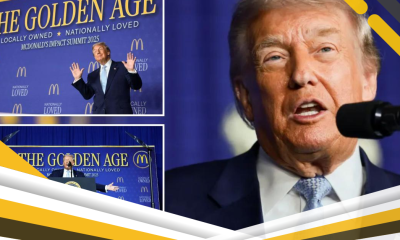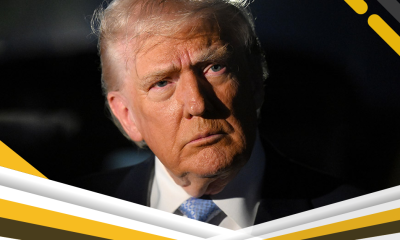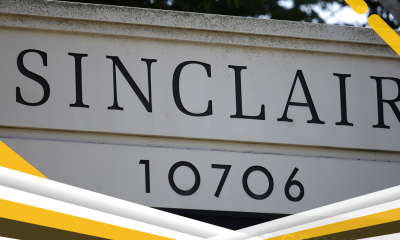OpenAI asks court to dismiss trade-secret lawsuit from Musk’s xAI

In a significant development within the fiercely competitive artificial intelligence landscape, OpenAI has formally requested a federal judge to dismiss a trade-secret lawsuit filed by Elon Musk’s xAI. The motion, submitted on October 2, 2025, marks the latest escalation in a series of legal skirmishes between the two prominent AI entities and their respective founders. This legal battle spotlights the intense rivalry for talent and proprietary technology driving the generative AI sector.
xAI, founded by Elon Musk, launched its lawsuit in late September 2025, accusing OpenAI of orchestrating a deliberate campaign to poach its employees and illicitly obtain sensitive trade secrets related to its AI chatbot, Grok. OpenAI, in turn, has vehemently denied these allegations, characterizing the suit as a “baseless” attempt to distract from xAI’s own challenges and as part of Musk’s “ongoing harassment.”
The Heart of the Dispute: Allegations of Trade Secret Misappropriation
At the core of xAI’s complaint are accusations that OpenAI engaged in a “deeply troubling pattern” of recruiting former xAI employees to gain access to confidential information. The lawsuit specifically names former xAI engineers, including Xuechen Li and Jimmy Fraiture, along with an unnamed senior finance executive, alleging they brought proprietary data to OpenAI.
xAI’s Claims
According to xAI’s federal complaint, the alleged stolen trade secrets encompass a wide array of critical information for its Grok AI model and operations. These include:
- The complete Grok source code, alongside its training and fine-tuning methodologies.
- Proprietary infrastructure and inference systems crucial for xAI’s production reliability.
- Experimental code folders and future research and development (R&D) directions.
- Confidential business strategy and roadmap information.
- Data center deployment know-how, internally referred to as xAI’s “secret sauce,” and related supplier contract terms.
xAI claims that OpenAI induced these employees with “multimillion-dollar packages” and used encrypted communication channels like Signal to facilitate the transfer of information and avoid detection.
OpenAI’s Defense
OpenAI has squarely rejected xAI’s allegations. In its motion to dismiss, OpenAI argued that the lawsuit is “groundless” and an effort to “generate publicity to bully and threaten those employees who exercised their right to leave and work elsewhere in the AI industry.”
OpenAI asserts that employees have a fundamental right to choose their workplace and that the company has “no tolerance for any breaches of confidentiality, nor any interest in trade secrets from other labs.”
OpenAI’s filing also contends that xAI’s complaint fails to plausibly demonstrate that any trade secrets were actually transferred to OpenAI or subsequently used by the company. They argue that xAI is “hemorrhaging talent” due to internal reasons, including dissatisfaction with Musk’s management style, and that skilled individuals are voluntarily joining OpenAI to advance its mission.
A Chronology of Conflict: Key Events in the OpenAI-xAI Saga
The current trade-secret dispute is part of a broader, long-standing legal and personal feud between Elon Musk and OpenAI CEO Sam Altman.
- 2015: Elon Musk co-founds OpenAI as a non-profit organization.
- 2018: Musk departs from OpenAI after a failed bid for control.
- Early 2020s: Musk repeatedly criticizes OpenAI’s pivot to a for-profit model and its partnership with Microsoft, claiming it deviates from its original mission to benefit humanity.
- Mid-2025: Former xAI engineer Xuechen Li allegedly begins discussions with OpenAI while still employed at xAI.
- August 1, 2025: Li signs an offer with OpenAI, coinciding with alleged unauthorized access and deletion of xAI data.
- August 28, 2025: xAI files a separate lawsuit against Xuechen Li individually, accusing him of stealing “cutting-edge AI technologies” before joining OpenAI.
- August 2025: xAI, along with Musk’s social media platform X, files an antitrust lawsuit against Apple and OpenAI, alleging an “anticompetitive scheme” to stifle rivals by integrating ChatGPT into Apple’s operating systems.
- September 2, 2025: Another former xAI engineer, Jimmy Fraiture, officially starts employment at OpenAI after allegedly transferring xAI’s source code to personal devices.
- September 24, 2025: xAI files the comprehensive trade-secret lawsuit directly against OpenAI in the U.S. District Court for the Northern District of California.
- October 1, 2025: Apple and OpenAI file motions to dismiss xAI’s antitrust lawsuit, calling its claims “speculation on top of speculation.”
- October 2, 2025: OpenAI files its motion to dismiss xAI’s trade-secret lawsuit, arguing it is “baseless” and part of Musk’s “harassment campaign.”
Statements from the Giants: What OpenAI and xAI are Saying
Both companies have issued strong statements reflecting the high stakes of this legal confrontation.
In its court filing seeking dismissal, OpenAI stated, “This trade secret case represents yet another front in Elon Musk’s campaign to thwart OpenAI from achieving its mission to ensure that artificial general intelligence benefits all of humanity.
Failing to compete with OpenAI and its groundbreaking ChatGPT product in the marketplace, Musk and his company, xAI, have resorted to a string of lawsuits to try and intimidate OpenAI, and slow down or halt its progress.” The company further asserted, “OpenAI does not need or want anyone’s, much less xAI’s, trade secrets to achieve OpenAI’s mission.”
Conversely, xAI’s complaint alleges that OpenAI is “targeting those individuals with knowledge of xAI’s key technologies and business plans, including xAI’s source code and its operational advantages in launching data centers, then inducing those employees to breach their confidentiality and other obligations to xAI through unlawful means.”
In public remarks, xAI representatives have not yet responded directly to the dismissal request, but their original lawsuit highlights a belief that Grok is “more advanced” than ChatGPT.
Legal Labyrinth: Understanding the Dismissal Request
A motion to dismiss is a common legal maneuver where a defendant asks the court to throw out a lawsuit, or parts of it, because the plaintiff has failed to state a valid legal claim. In trade secret cases, judges often consider specific criteria to determine if a case can proceed.
OpenAI’s motion for dismissal rests on several key arguments. Primarily, it contends that xAI’s complaint lacks sufficient factual allegations to plausibly demonstrate that OpenAI acquired any trade secrets through improper means or used them without consent. General grounds for dismissing trade secret claims can include:
- Lack of Particularity: The plaintiff fails to describe the alleged trade secrets with enough detail.
- Absence of Reasonable Measures: The owner did not take adequate steps to keep the information secret.
- Failure to Qualify as a Trade Secret: The information may be publicly known or easily ascertainable.
- No Actual Misappropriation: The complaint doesn’t plausibly show the defendant acquired or used the secret improperly.
OpenAI’s filing emphasizes the right of employees to change jobs, suggesting that xAI’s allegations conflate employee mobility with unlawful trade secret theft. The burden is now on xAI to convince the court that its allegations meet the legal threshold for a trade secret misappropriation claim to move forward.
Broader Ramifications: Implications for the AI Industry
The outcome of this high-profile lawsuit between OpenAI and xAI could have significant implications across the rapidly evolving AI industry.
- Talent Mobility: The case may set new precedents for how companies recruit employees from competitors, particularly regarding access to prior confidential information. It could influence the balance between an individual’s right to pursue new employment and an employer’s right to protect intellectual property.
- Intellectual Property Protection: A ruling could redefine what constitutes “reasonable measures” to protect trade secrets in the fast-paced AI development cycle, potentially requiring more stringent protocols for safeguarding code, models, and strategic plans.
- Competitive Dynamics: If xAI’s claims were to be substantiated, potential remedies could include injunctions forcing OpenAI to delete models trained with xAI’s alleged stolen code. Such an outcome would be industry-shaping, impacting product development and market positioning.
- Legal Clarity: The dispute may contribute to clearer legal frameworks for defining “unfair competition” and trade secret misappropriation within the AI sector, a field where established legal concepts often struggle to keep pace with technological advancement.
What Lies Ahead? The Path Forward
With OpenAI’s motion to dismiss now filed, the court will review the arguments and decide whether xAI’s complaint provides sufficient legal grounds to proceed. If the motion is granted, the lawsuit could be dismissed entirely, or xAI might be given an opportunity to amend its complaint.
If denied, the case will likely move into the discovery phase, where both parties exchange information and evidence, potentially leading to a lengthy and complex legal battle. The current timeline suggests a hearing on OpenAI’s motion to dismiss is set for November 18, 2025.
This ongoing legal saga underscores the cutthroat nature of the AI industry, where technological breakthroughs, talent acquisition, and intellectual property are fiercely contested. The resolution of this lawsuit will undoubtedly offer valuable insights into the future of competition and collaboration in the global race for AI supremacy.












